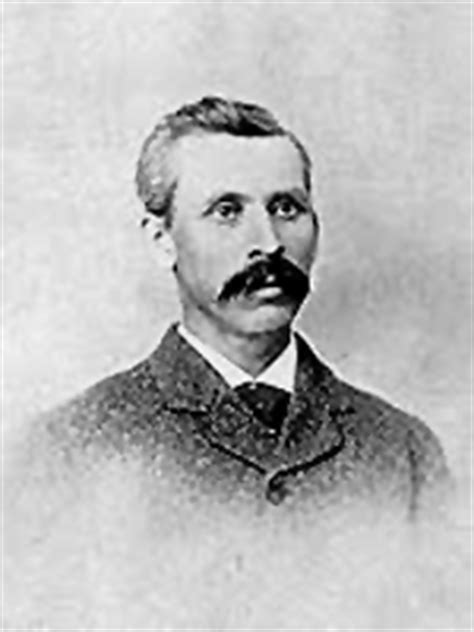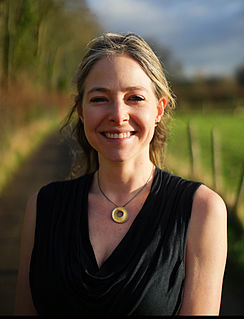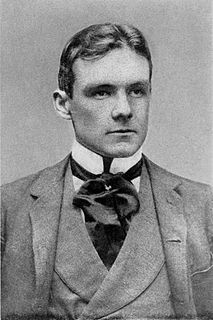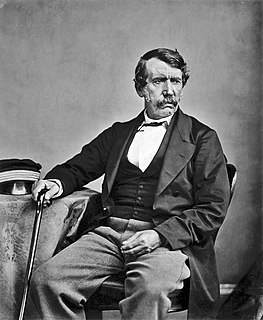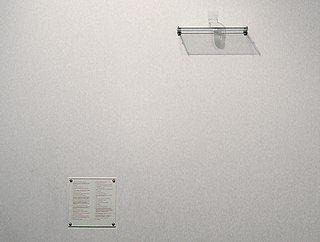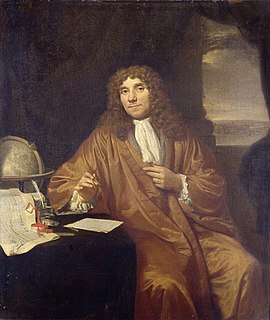A Quote by William Henry Ashley
These mountains appear to be almost entirely composed of stratas of rock of various colours (mostly red) and are partially covered with a dwarfish growth of pine and cedar, which are the only species of timber to be seen.
Related Quotes
The colour of a British wood in autumn is predominantly yellow. There are relatively few European trees which have red leaves in the autumn. But there are splashes of crimson or rust-red colours from a few indigenous trees, like the rowan, as well as from introduced species, like the North American red oak.
I found everything so remote but, at the same time, familiar when I occasionally looked into the mountains, rocks, pine trees and plums depicted in old literati paintings. My innermost feeling which was awakened by the same mountains, rocks, pine trees and plums has been totally and utterly changed. Moreover, like an apparition, it hides deep down in my vessels. The very trees and rocks have become the storage of memories and emotions from various eras. Forced by the rapid change of time and perspective, I cannot help but feel urged to face up to these things once again.
Fred didn't have a favourite colour. He was just pleased that he could see all of the colours in the colour chart. That was his wish for everyone. Fred wanted people to experience the joy of seeing vivid colours - in nature: the greens and browns of the mountains; in their work: the orange, red and black of the back of the retina; and in life.
The spirit, if it could be seen with mortal eyes, would appear in bodily shape like a full-grown person with individual endowments that make it a counter-part of the body in which it [resides,] "that which is temporal in the likeness of that which is spiritual." (D&C 77:2.) It was that which came from God and entered at birth into the infant body prepared by its mortal parents. The spirit was of the "Lord from heaven." The physical body was "of the earth, earthy," (2 Cor. 15:47) or in other words, composed of the elements of which the things in the physical world are composed.
And if these mountains had eyes, they would wake to find two strangers in their fences, standing in admiration as a breathing red pours its tinge upon earth's shore. These mountains, which have seen untold sunrises, long to thunder praise but stand reverent, silent so that man's weak praise should be given God's attention.
The several difficulties here discussed, namely our not finding in the successive formations infinitely numerous transitional links between the many species which now exist or have existed; the sudden manner in which whole groups of species appear in our European formations; the almost entire absence, as at present known, of fossiliferous formations beneath the Silurian strata, are all undoubtedly of the gravest nature.
In treating of the oak, I have considered that the species of it growing in warm climates is superior to that which is produced in cold countries. But we must not imagine this to be the case with all woods; on the contrary, the fir timber grown in cold countries is superior to that produced in warm ones, where its growth is rapid.
